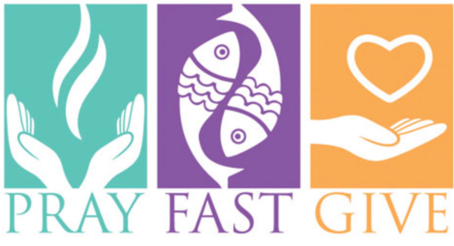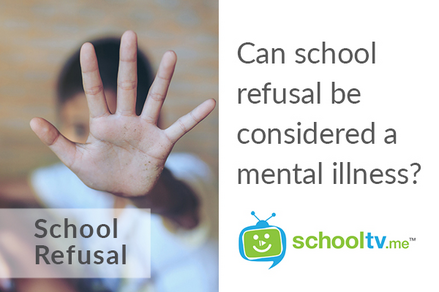Filter Content
Dear Parents and Carers
It has been a wonderful start to the 2024 school year with many new students in Foundation and other levels throughout the school settling in so well. It is a credit to the welcoming nature of our St Clare's Community.
Our teachers are getting to know their students and through the upcoming Parent Teacher Interviews you will have the opportunity to share more about your child. These interviews are being held on Tuesday 27 and Wednesday 28 February. These ten minute face-to-face sessions are not compulsory but provide an opportunity for you to meet your child’s teacher(s) and vice versa. You can also discuss how your child has settled into the year.
Log in to PAM to make your bookings.
Wednesday 21 February - Foundation Rest Day #3
Thursday 22 February - P&F AGM
Friday 23 February - Year 6 Team Building Incursion
Monday 26 February - Year 5 Incursion
Tuesday 27 February - Parent Teacher Meetings
Wednesday 28 February - Foundation Rest Day #4 and Parent Teacher Meetings
Thursday 29 February - Reconciliation - Parent Evening
Friday 1 March - Clean Up Australia Day
Saturday 2 March - Reconciliation Commitment Mass
Wednesday 6 March - SSV District Swimming
Monday 11 March - NO SCHOOL Public Holiday
First Reconciliation
Please pray for the 30 students who are currently preparing for the Sacrament of Reconciliation. A reminder to their parents/carers that the booking link for Reconciliation is now live on the St Patrick's Parish website. This means you can click on the link and make the booking for your child/children to receive the Sacrament of Reconciliation on either Tues 5 March or Wed 6 March at St Patrick's Parish at 7pm. The link is here: https://stpatrickspakenham.com.au/reconciliation/
Please also remember the following:
Reconciliation Parent Evening (students do not attend) Thurs Feb 29 7pm at St Patrick’s Parish Pakenham
Reconciliation Commitment Mass Sat 2 March at 6pm at St Patrick’s Parish Pakenham
Lent
Some of you may like to register on this free website and receive a daily short video where you are invited to pray and reflect https://brucedownes.org/lent24/ during Lent.
Our teachers have Professional Learning Meetings on Tuesday and Wednesday after school. This is a time where we all gather and work towards our annual goals and reflect on our practice and devise actions to improve student learning outcomes. As the Religious Education Leader, I recently led teachers over two nights and we explored the Gospel of Mark (which is the Gospel we use in Year B of the Church calendar) and then read the Catholic doctrine and the curriculum To Live in Christ Jesus to further understand what we need our students to know and understand about Lent and Easter.
Teachers then ask the students what they know and use this (pre-assessment) to work out how best to plan a sequence of lessons in which all students can engage with their own faith and contrast and compare this with the Catholic faith.
In the Foundation Learning Groups
The Foundation students have made an excellent start to the 2024 school year. They have been very excited to become part of the St Clare’s school community and have enjoyed making new friends.
Foundation students have been meeting lots of new friends. So far students have met Milo the Monkey, Sally the Snake, Felix the Frog and Ally the Alligator. These friends have been helping our Foundation students to learn new letters and sounds. Students are eager to meet more of Milo’s friends.
Foundation students have also been exploring patterns using colours, shapes and objects. We have found patterns in our Learning Space and around our school.
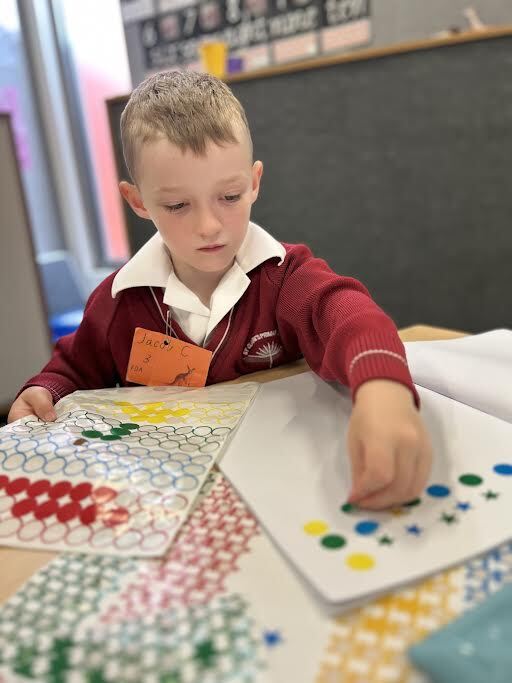
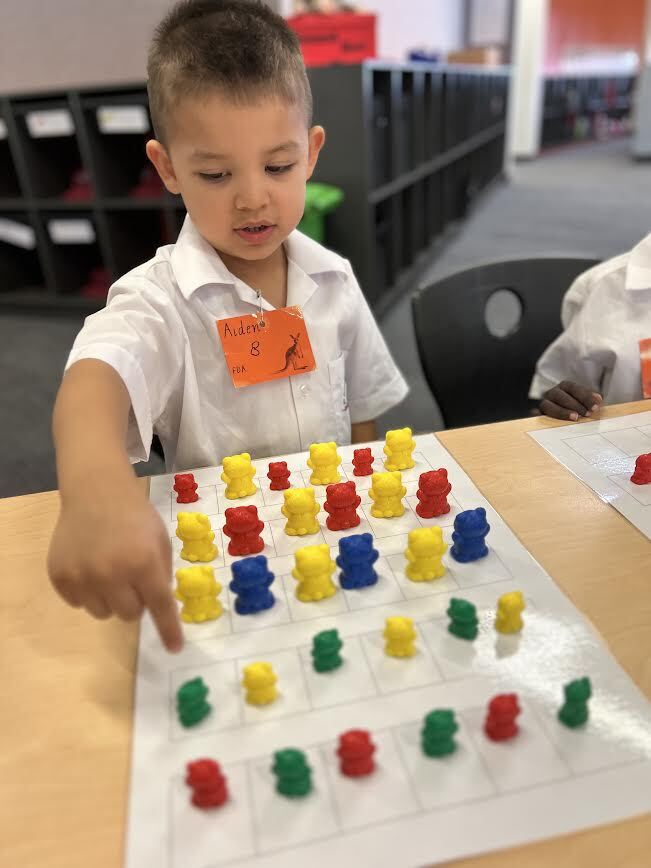
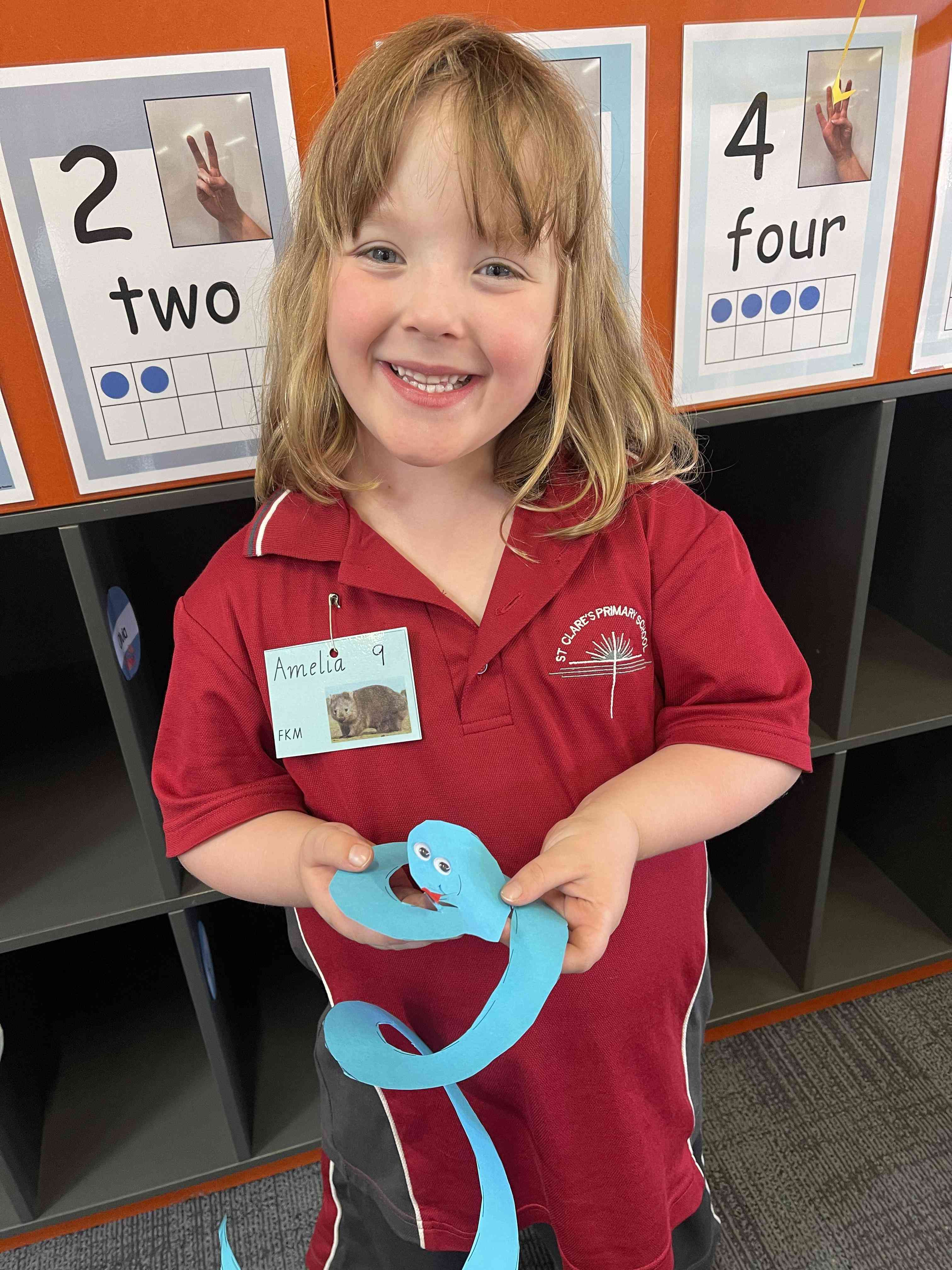
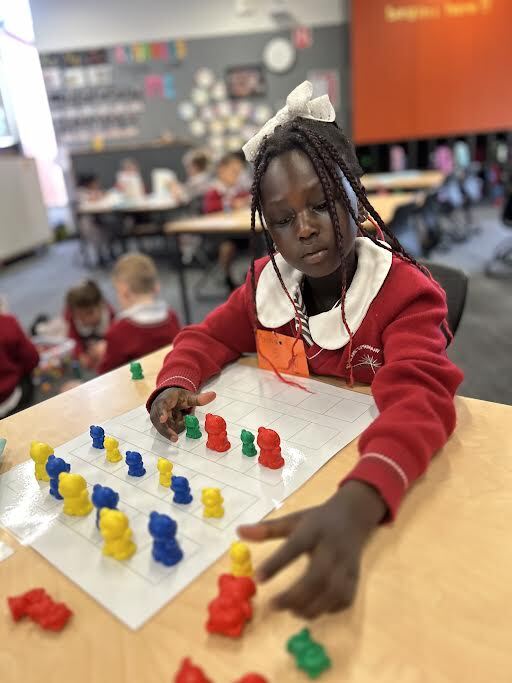
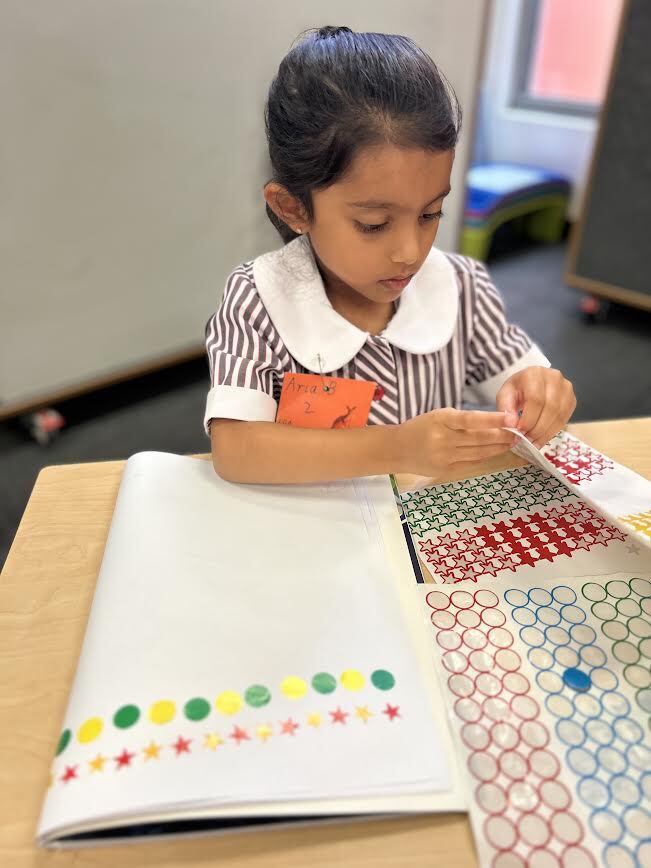
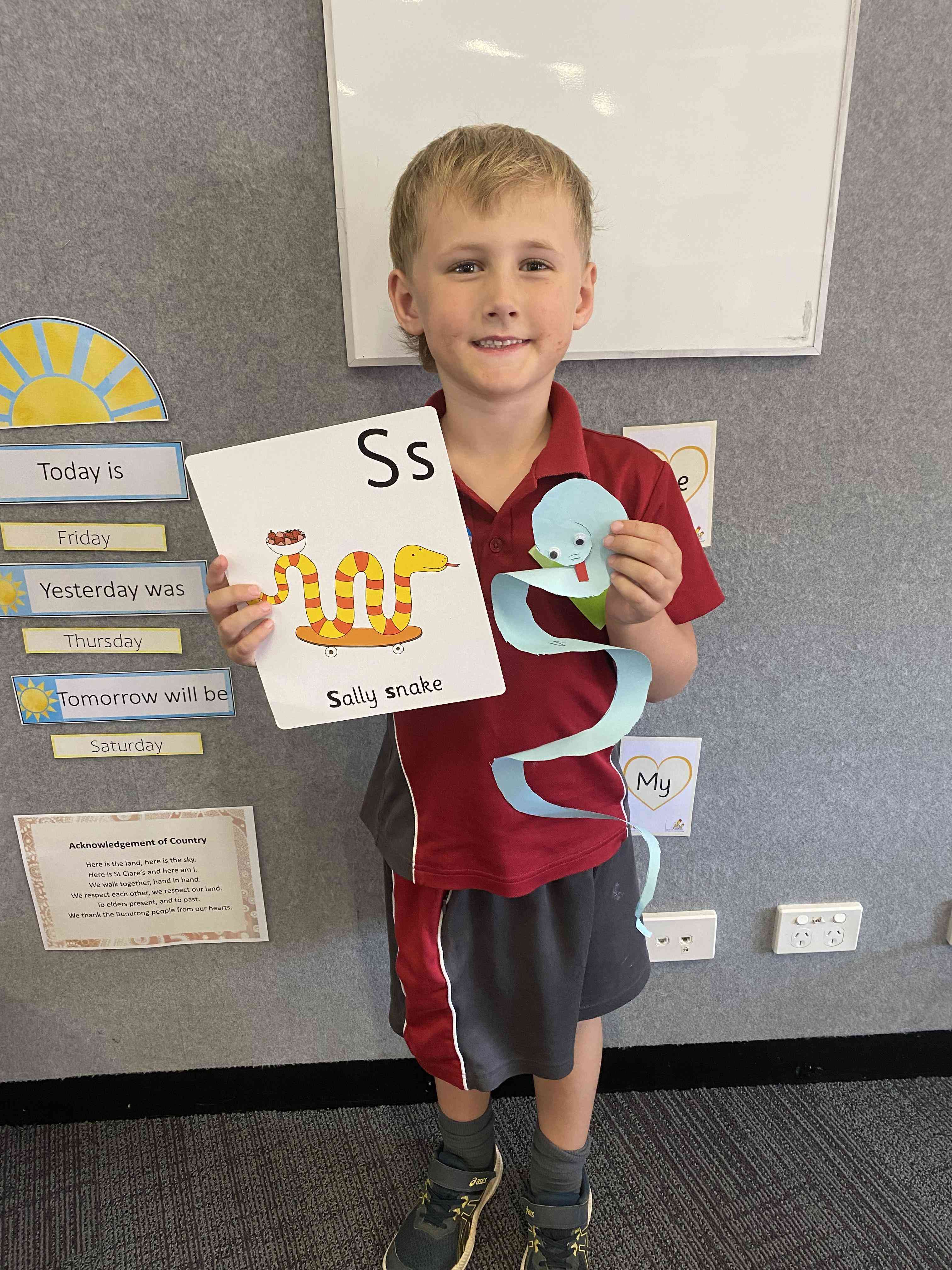
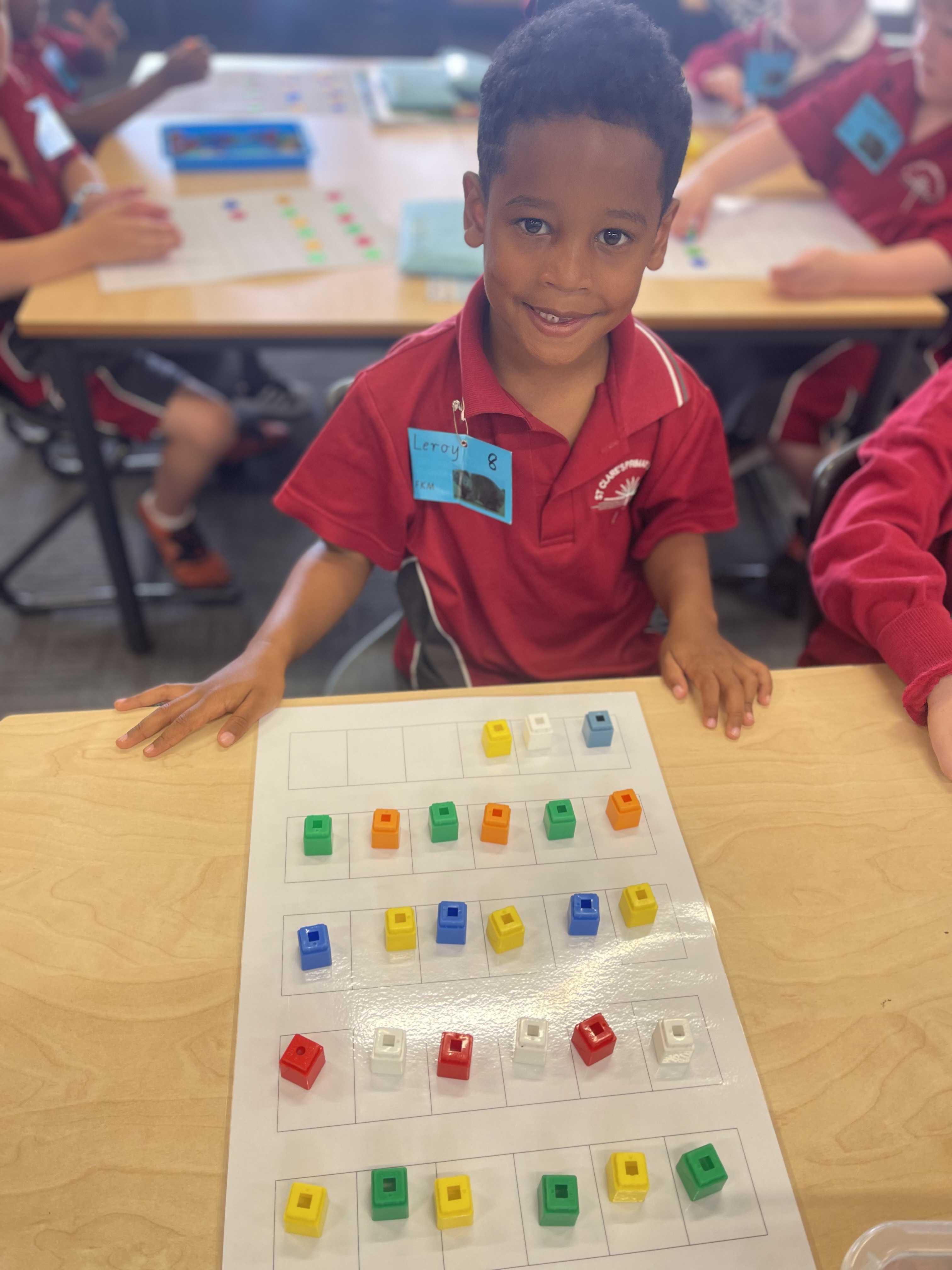
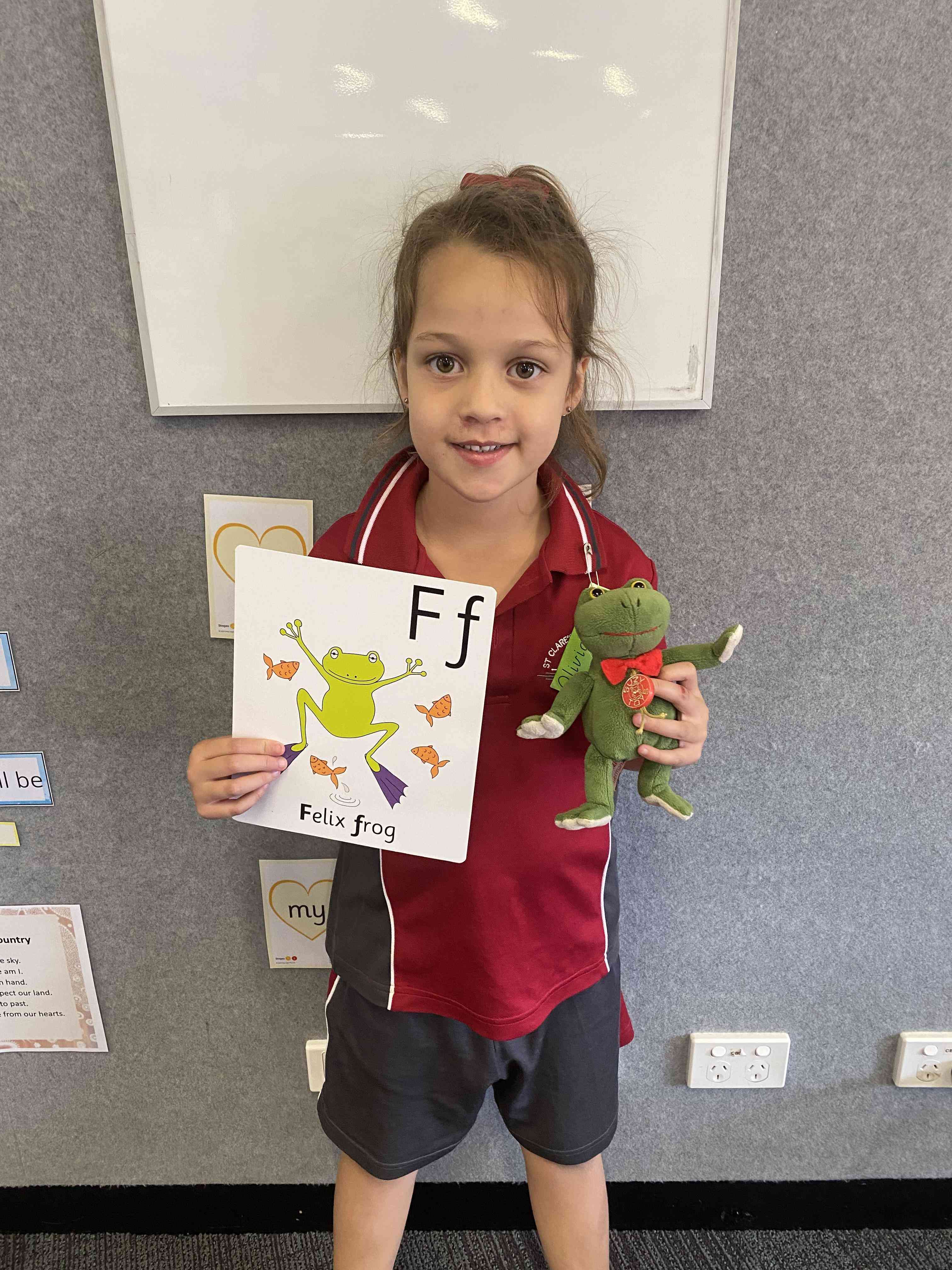
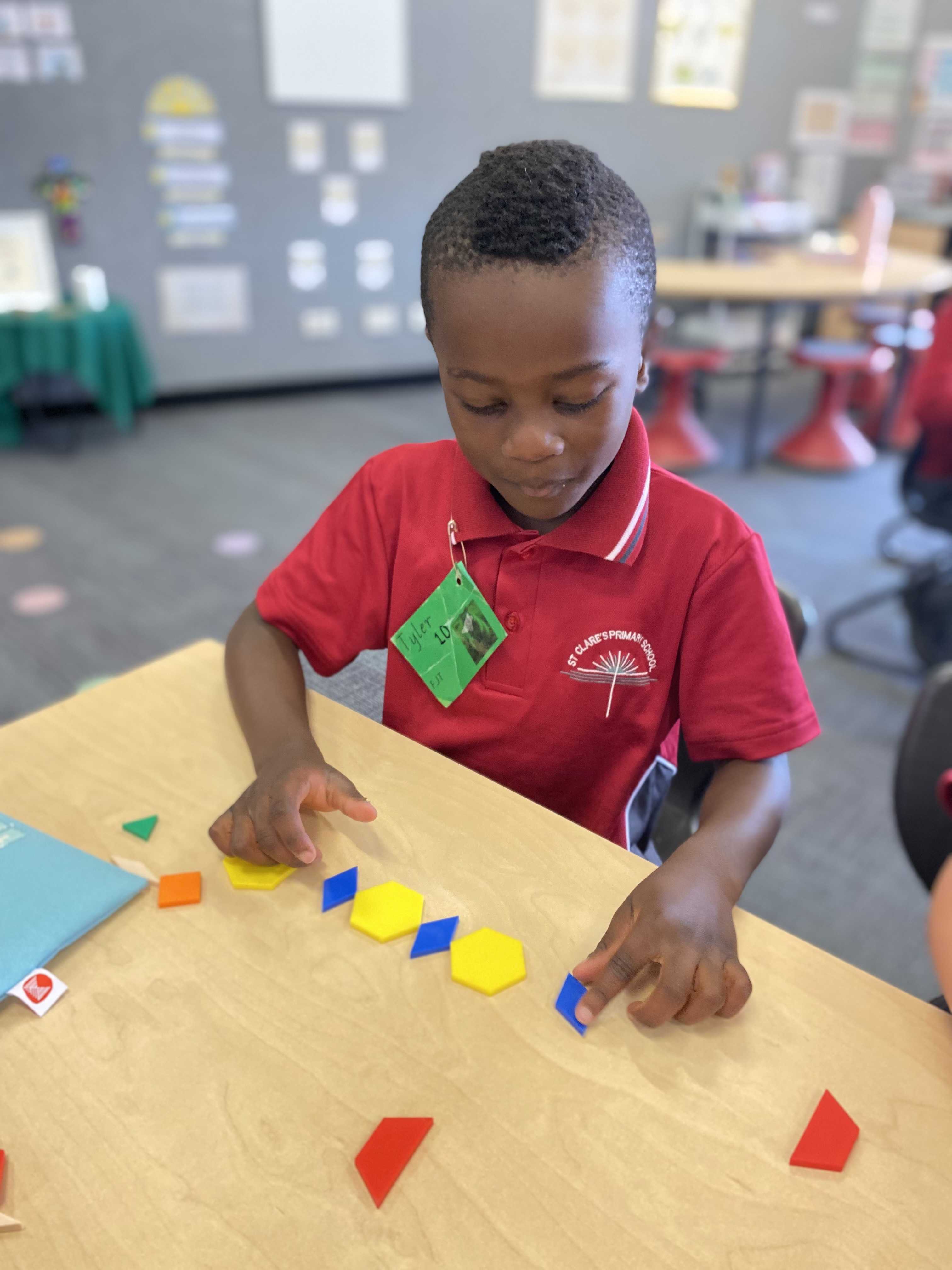
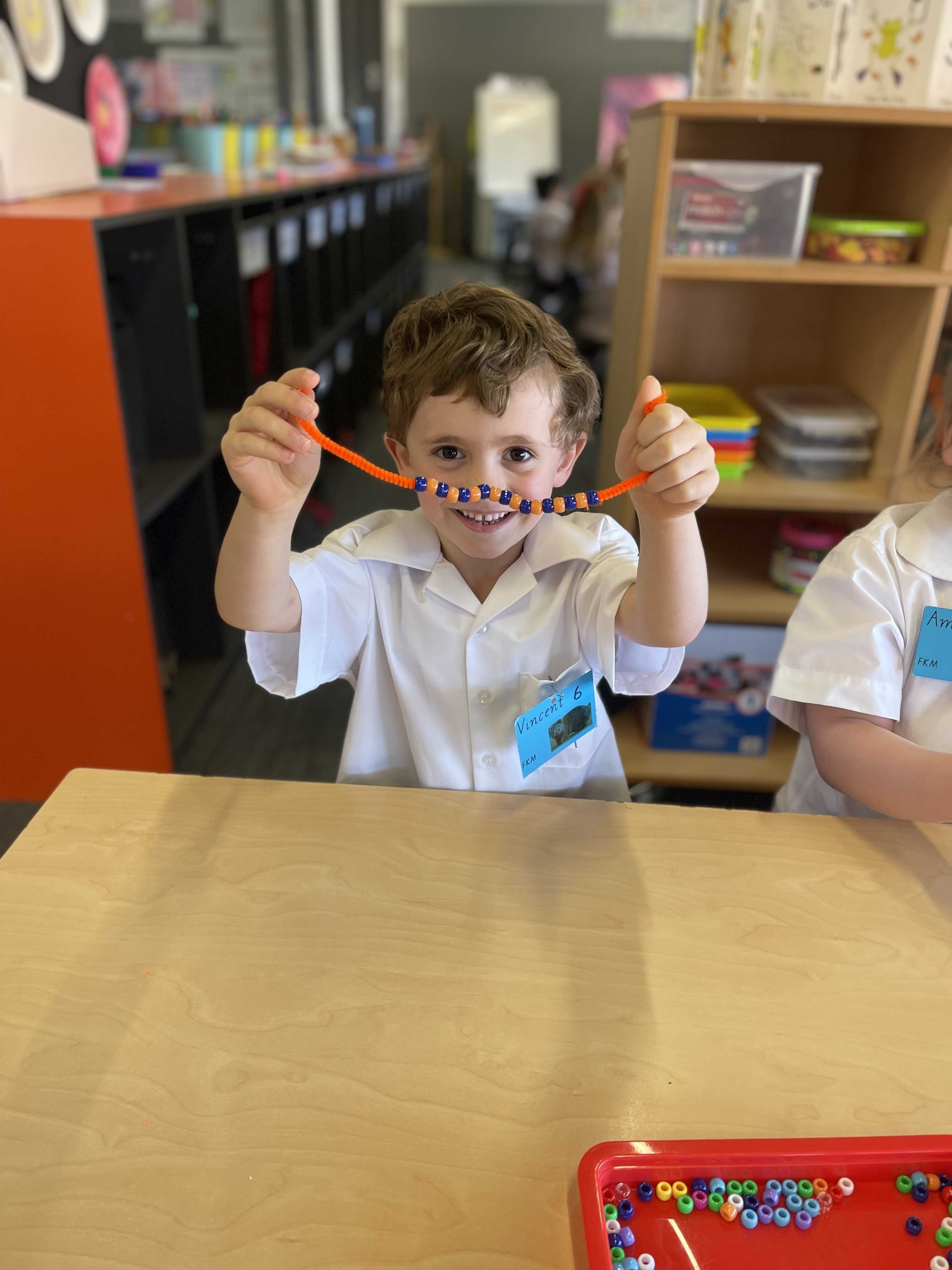
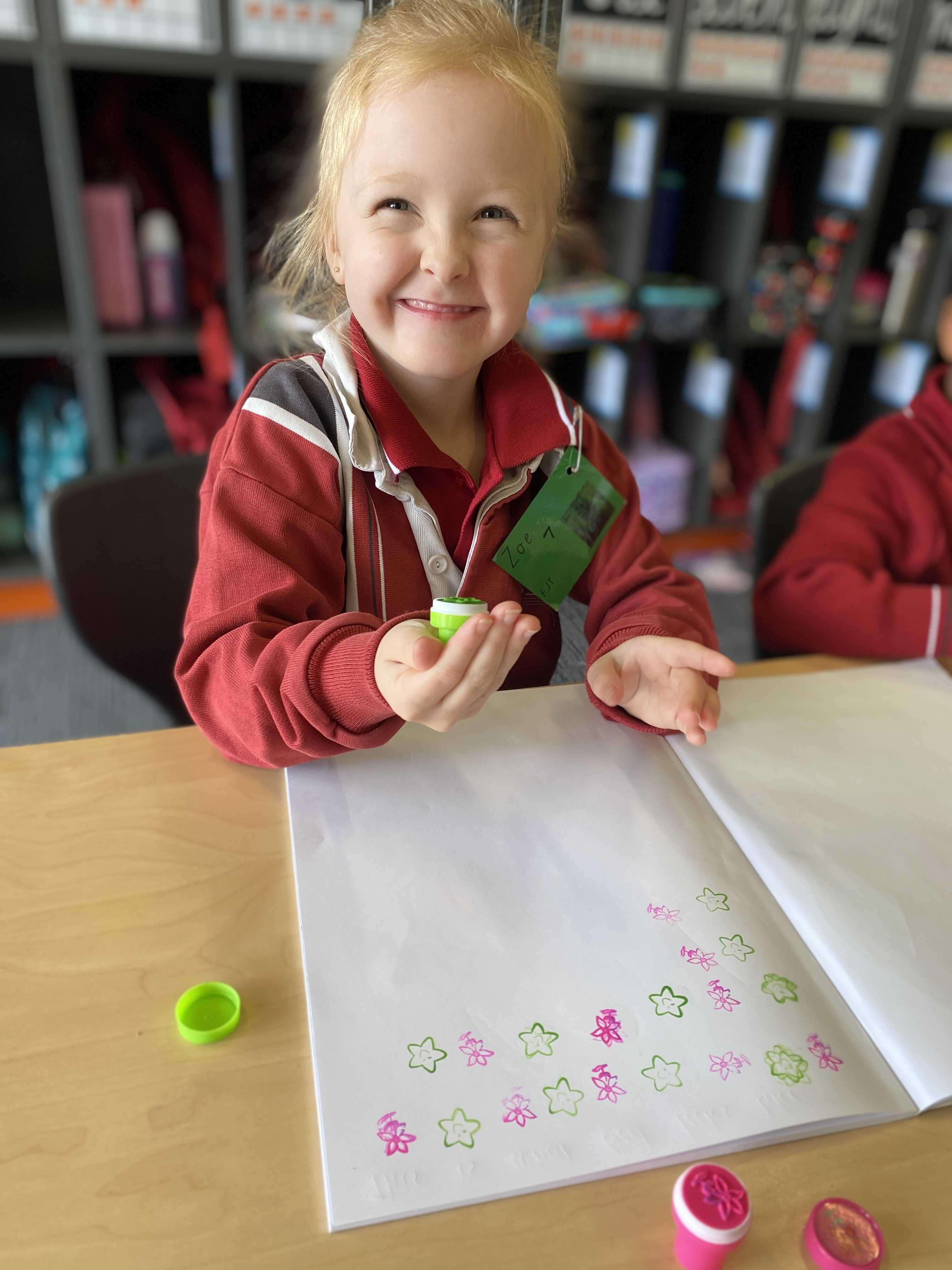





For Year 3 and Year 5 students NAPLAN will be held in Term 1 this year.
Attached for you to look through is information regarding 2024 NAPLAN
Please see our school schedule below. There are catchup days for students who may be absent on a given day.
9:05am WRITING Y3 paper based
9:50am NUMERACY Y3 Online
REPORTING AN ABSENCE
To report your child's absence please do so via PAM, email absent@stclaresofficer.catholic.edu.au or call 5940 6777
SCHOOL FEES
Here is the link for the St Clare's Parent Access Module (PAM)
St Clare's PAM
You username is the email address that you have registered with the school. The first time you log in we ask that you use the forgotten password feature to set your own password.
ALL parents must access PAM to receive up to date information and grant necessary permissions. Students will miss out on events if permission is not granted.
In this edition of SchoolTV - SCHOOL REFUSAL
School refusal, sometimes called school avoidance or school phobia, is not uncommon. It is different to ‘wagging’ or truancy and is often related to worry or anxiety-related issues about going to school. School refusal may start gradually or happen suddenly. Although it is normal for a child to occasionally miss a day of school, parents should only be concerned if a child regularly complains about feeling sick or often asks to stay home due to minor physical complaints.
School refusal is a complex issue as there is rarely a single cause. It affects children of all ages across primary and secondary levels. It can often occur during times of transition at school. More recently, the Coronavirus pandemic has disrupted the educational experience of all students, affecting some more than others. Dealing with a school refusal child can affect the whole family, adding pressure to an already challenging time. School refusal is not considered a formal psychiatric diagnosis. It’s a name given to an emotional and/or behavioural problem.
In this edition of SchoolTV, adult carers will learn how best to approach this issue and work towards a solution.
We hope you take time to reflect on the information offered in this edition of SchoolTV and we always welcome your feedback. If you have any concerns about your child please seek medical or professional help.
Here is the link to the School Refusal edition of SchoolTV
https://stclaresofficer.catholic.schooltv.me/newsletter/school-refusal
The secondhand uniform shop is located in the modular. See below dates and times it will be open for Term 1.
Please note CASH ONLY sales.
February:
Friday 16th 2:30pm-3:15pm
Tuesday 20th 8:30am-9:15pm
Wednesday 21st 2:30pm-3:15pm
Monday 26th 8:30am-9:15am
Thursday 29th 2:30pm-3:15pm
March:
Tuesday 5th 2:30pm-3:15pm
Friday 8th 8:30am-9:15am
Wednesday 13th 8:30am-9:15am
Friday 15th 2:30pm-3:15pm
Monday 18th 8:30am-9:15am
Thursday 21st 2:30pm-3:15pm
Monday 25th 8:30am-9:15am
How to Help Kids Stay Safe Online
Adapted from: https://www.esafety.gov.au/about-us/blog Office of the eSafety Commissioner
- Start the chat
It’s not possible to be at your child’s side every second of the day, so it’s important to talk with them about online safety issues to help develop their critical thinking and ability to make good choices. It’s also good to let them know they can come to you for help if they have any concerns. You may feel they know more about the latest technology than you do, but you have more life experience to guide them.
- With primary school aged children use online devices in the open living spaces at home to make parent supervision part of the expectation for your child.
- Take the opportunity to set some boundaries around when and where they can use devices like tablets, smart TVs and gaming consoles, to help limit potential tech tantrums — you could even fill in an Early Years Family Tech Agreement
- Screen free time before bed is important for good sleep. Consider charging devices in a central location at a regular time each night to allow an hour screen free before bed.
- While you are all at home more, it’s a great time to co-view and co-play with your kids, so you can understand what they are doing and experiencing online.
- Learn about the games, apps, social media and platforms they are using at The eSafety Guide, including how to protect their information and report inappropriate content or conduct.
- Use parental controls and safe search options
Parental controls can help block your child from accessing specific websites, apps or functions. They can also monitor your child’s use of connected devices and set time limits. But beware! You cannot always rely on them — they should be used in combination with other online safety strategies.
- Parental controls are available on most tablets, smartphones, computers, TVs and gaming consoles.
- You can also download family safety controls or buy robust filters out of the box.
- You can set up child-friendly search engines, or select safe search settings on digital devices, to help prevent your child from stumbling across inappropriate sites and content.
- Check smart toy settings
It’s surprising how many toys or devices can connect online these days, from drones and smart teddies to tablets and wearables. While they can be both entertaining and educational, they can reveal your child’s personal details and location — and allow other people to contact them without you knowing. You can help keep them stay safe by:
- setting strong passwords
- turning off location settings
- limiting the amount of personal information shared.
The eSafety Gift Guide has advice on what to check for and how to stay safe.
- Look out for unwanted contact and grooming
Unwanted contact is any communication that makes your child feel uncomfortable or unsafe, even if they initially welcomed the contact. It can come from a stranger, an online ‘friend’ or even someone they actually know. At worst, it can involve ‘grooming’ — building a relationship with the child in order to sexually abuse them.
You can help by:
- making sure their accounts are private — including chat functions on games
- encouraging them to delete requests from strangers and any contacts they don’t know in person
- checking in with your child as they use online devices in the open living spaces at home
- reporting and blocking anyone suspicious on a website or service
- remembering that if suspicious online contacts become aggressive or threatening you should contact your local police.
- Know the signs of cyberbullying
Kids who are bored by long periods at home can pick at each other, and that happens online too. So it’s important to keep an eye out for cyberbullying. It can include mean posts, comments and messages, as well as being left out of online group activities like gaming.
- Remember, when they are away from school, kids have less access to their usual support systems, including friends, teachers and counsellors.
- eSafety research shows that girls are more likely to be affected than boys and the person doing the bullying is generally someone they know from school.
- Watch out for signs such as your child appearing upset after using their mobile, tablet or computer, being unusually secretive about their online activities or becoming withdrawn.
- Cyberbullying can make social isolation worse and the longer it continues, the more stressed kids can become, impacting on their emotional and physical wellbeing.
What to do if your child is being cyberbullied
As parents, our first instinct may be to ban our children from social media, disable the wi-fi or turn off the data access. But this can actually compound the problem, making your child feel as if they’re being punished and heightening their sense of social exclusion.
There are four simple steps that can help minimise the harm:
- report the cyberbullying to the social media service where it is occurring
- collect evidence of the cyberbullying material
- if the material is still public 48 hours later, make a report to eSafety — we work with social media platforms to have the harmful content removed.
block the offending user.





